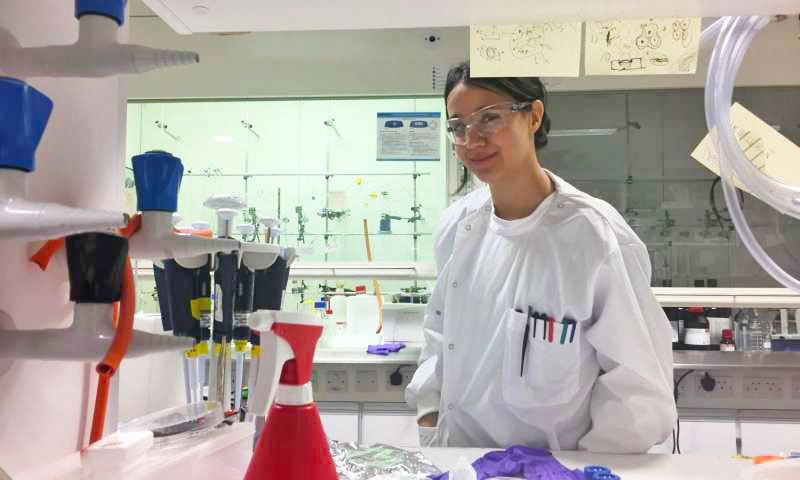
Those in the US suffering from blindness due to retinis pigmentosa (RP) will now be able to regain some vision bionically for the first time ever, thanks to Second Sight's Argus II retinal prosthesis. The device was just approved by the FDA for sale stateside after surmounting the same hurdle in Europe almost two years ago -- though it was first launched long, long before that. RP is a rare genetic disease that inflicts 100,000 or so Americans, destroying photoreceptors in the eye while leaving other cells intact. By implanting a device on the retina that receives a signal from the eyeglass-mounted camera, those cells can be stimulated as if receiving light, causing them to transmit an image to the brain. Due to the limited number of electrodes, patients would only be able to discern light or dark, but most have reported better functionality with the device -- being able to make out the shape of a curb while walking, or discerning between light, grey or dark colored socks, for instance. The Argus II has been certified by the FDA for "humanitarian use," meaning there's "reasonable assurance" that it's safe, and should start popping up in specialized clinics by the end of the year.
[Photo credit: Associated Press]
Filed under: Wearables, Science
Comments
Via: CNET
 Scientists have been trying to replace retinas in otherwise healthy eyes to help people suffering from diseases like retinitis pigmentosa. Unfortunately, earlier efforts were only able to use rigid, hard materials, which are very different from the n...
Scientists have been trying to replace retinas in otherwise healthy eyes to help people suffering from diseases like retinitis pigmentosa. Unfortunately, earlier efforts were only able to use rigid, hard materials, which are very different from the n...
 Scientists have been trying to replace retinas in otherwise healthy eyes to help people suffering from diseases like retinitis pigmentosa. Unfortunately, earlier efforts were only able to use rigid, hard materials, which are very different from the n...
Scientists have been trying to replace retinas in otherwise healthy eyes to help people suffering from diseases like retinitis pigmentosa. Unfortunately, earlier efforts were only able to use rigid, hard materials, which are very different from the n...
 Optogenetics, or mixing gene therapy with light treatments, is finally getting a proper field test: doctors have given a blind Texas woman the first optogenetics-based therapy in hopes of restoring some of the vision lost to a degenerative retina dis...
Optogenetics, or mixing gene therapy with light treatments, is finally getting a proper field test: doctors have given a blind Texas woman the first optogenetics-based therapy in hopes of restoring some of the vision lost to a degenerative retina dis...
 Optogenetics is one of the greatest achievements in gene splicing over the last decade, as it has helped researchers see how the brain works in animals by making neurons react to light. For the first time, however, the technique will be tried on a hu...
Optogenetics is one of the greatest achievements in gene splicing over the last decade, as it has helped researchers see how the brain works in animals by making neurons react to light. For the first time, however, the technique will be tried on a hu...

